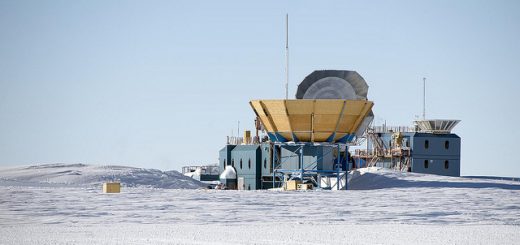Did we really find signs of life on Venus?
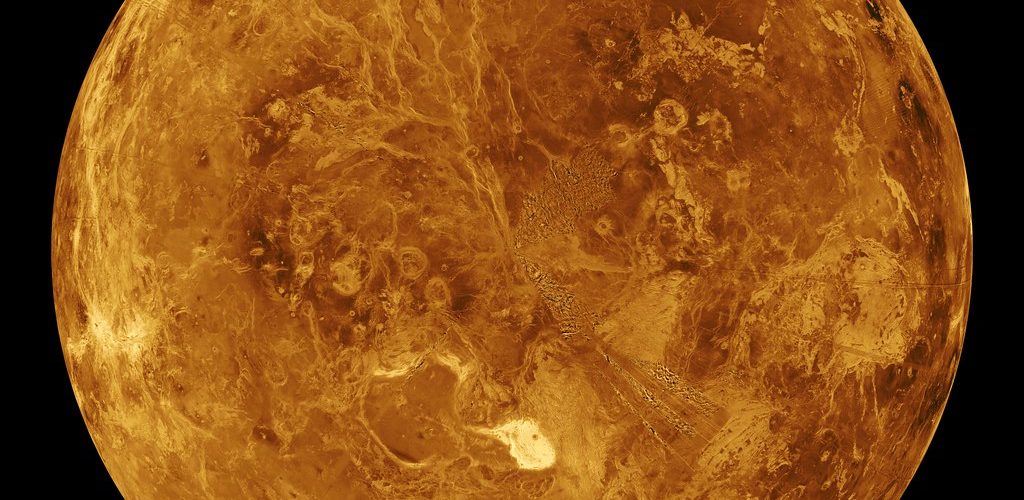
The Royal Astronomical Society made an interesting announcement on September 14th which sent waves in the media. They announced that they had detected traces of phosphine in the atmosphere of the second planet in our solar system: Venus. Researchers were stumped because they couldn’t identify the source of the gas. Immediately after the announcement, there were several discussions and speculations about the discovery, especially due to the possibility of finding evidence of life outside Earth. While the discovery is certainly interesting, a significant part of the reactions to the news was a hyperbole. But how are life and discovery of phosphine related? And how reliable is the discovery itself – have we really found life? When I read about it in detail, I was amazed by all the factors that made it possible – the science behind it, the years of hard work by the researchers, and also sheer luck. It truly felt like an astounding discovery from the scientific perspective, not just the exaggerations in the media.
What exactly was found on Venus?
Planetary scientists have been using radio telescopes to detect gases in the atmospheres of planets and satellites. Different chemical molecules absorb certain specific wavelengths of sunlight leaving shadows in the radiation. If we can look for those shadows using the radio telescopes on Earth, we can confirm the presence of that chemical. Phosphine has a distinct “absorption line” at a wavelength of about 1 mm. Since 2016, the observatories James Clerk Maxwell Telescope (JCMT) and Atacama Large Millimeter Array (ALMA) were pointed at Venus for the same reason. They were looking for more information about the Venusian atmosphere. During these observations, they detected signs of phosphine (PH3) – a colourless, flammable gas commonly used to fumigate rats in urban areas.
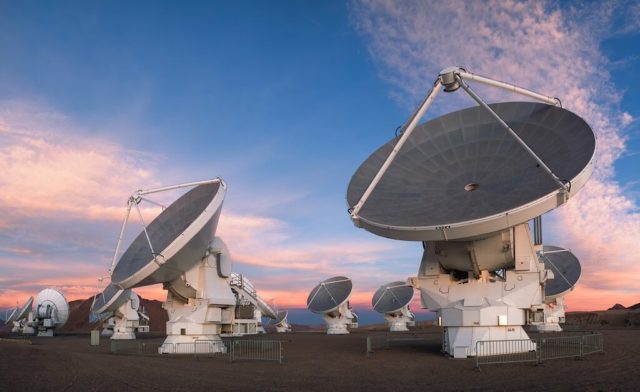
Image Source: European Southern Observatory (CC BY 2.0)
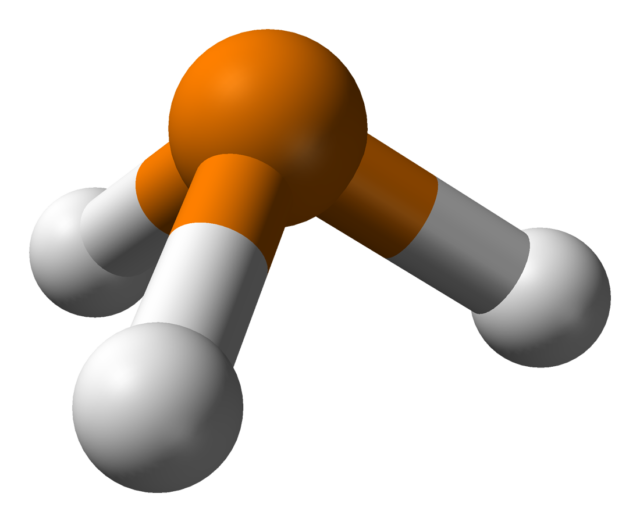
Image Source: Ben Wills on WikiCommons
The findings were published in a Nature journal paper1 on the day of the announcement. The paper reveals that phosphine is present in low concentrations – 10 to 20 molecules in every billion atmospheric molecules – in the clouds of Venus’ atmosphere at an altitude of 50-60 km. Even if this is a small quantity, it certainly is significant enough in the context of its synthesis. What we know of phosphine is that it is created by anaerobic bacteria (organisms that survive in oxygen-starved environments). Anaerobic bacteria can be found in certain animals’ guts like penguins or in marshlands – they thrive underneath the surface. Hence, the speculation that phosphine’s discovery could indicate the possibility of life on Venus.
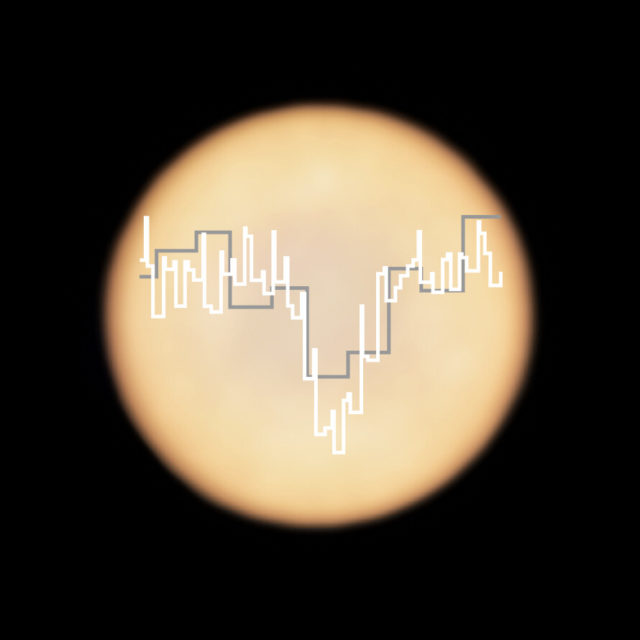
But are there no other sources of this gas? Certainly there are some abiotic (non-living) sources but they all can be ruled out. The abiotic chemical synthesis of phosphine requires very high temperature and pressure. Planets like Saturn and Jupiter where we previously have detected phosphine 2 and other molecular sources generally associated with life on their moons – Enceladus and Europa, are hundreds of degrees hotter. The temperature in Venus’s atmosphere where the gas was detected is about 75°C; this is nowhere comparable to temperatures found on the gas giants. Additionally, Venus does not have enough atmospheric hydrogen – a necessity for creating phosphine. Among other possibilities, namely lightning strikes, volcanic eruptions, or asteroid delivery, the amount of hydrogen generated would be so miniscule that it cannot practically be compared with the quantity measured. This suggests three possibilities: that something else might have been mistaken for phosphine, new types of chemical reactions that create phosphine exist, perhaps due to some unknown geochemistry on Venus OR — this is the work of anaerobic bacteria in Venusian clouds!
So did we really find life on Venus?
If I may be a bit pessimistic, there is another possibility for biological phosphine generation. What if the phosphine was generated by life on Venus many centuries ago and this is just the remnant of them decaying? After all, we do know that Venus had oceans millions of years ago 3. This possibility can be ruled out because phosphine cannot survive more than a few minutes in Venus’ ultra-acidic environment and will need to be constantly replenished 4. All clues point to the three possibilities I mentioned earlier. To be more optimistic, I’ll leave out the first two and say that phosphine on Venus is from biological sources.
So “what if there are some bacteria in Venus’ clouds?”, one might ask. If this is a real possibility, then it leads to another very interesting conclusion – alien life in the universe outside Earth is more common than we believed earlier! And it may not even need an Earth-like environment. This is an incredible conclusion and would mean renewed approaches to finding life outside Earth. Of course, this must be confirmed again through follow-up observations and some sample return missions to Venus. In spite of that, this is certainly the best discovery of this decade. At this stage, we cannot confirm if there are really some bacteria on Venus creating phosphine. What we can be certain about is the convincing proof of the gas existing where it really shouldn’t be. This is why the research team was certainly cautious during the September announcement, although the news got sensationalised anyway.
More details emerge post September announcement
There are some caveats to this discovery as we have realised after a few months since the announcement – one of them is the second possibility I mentioned earlier. Any given chemical has multiple absorption lines and so does phosphine. However, since only certain wavelengths were detected and not all correspond to phosphine, it may not be conclusive enough proof of existence of phosphine. Another line of thought is that it cannot be phosphine since the maximum amount expected in Venusian conditions is much lower than reported during the announcement 5. There are some researchers who are claiming that sulphur dioxide may have been confused with phosphine as one of the spectral lines for sulphur dioxide matches with that of phosphine 6.
All of this is, of course, expected and welcome criticism. This also signifies the urgent need to focus our attention on Venus in this decade and gather more data.
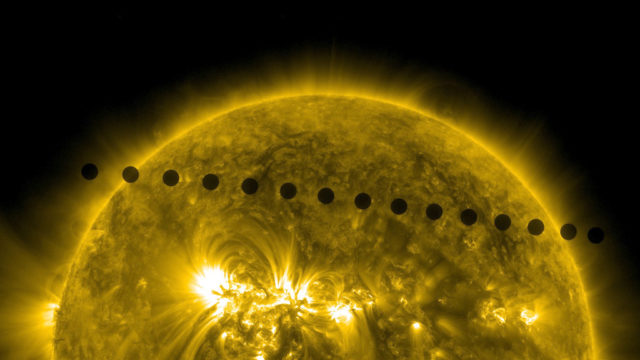
Image Source: NASA Goddard Photo and Video on Flickr (CC BY 2.0)
Lack of information leads to more questions
This discovery has generated enough curiosity and raised new questions among scientists, such as whether the source of life on Venus and Earth is the same? If it is, then are we all from Venus or is it vice versa? But if it is an independent source of life so close to Earth, this would undoubtedly be a huge milestone in human progress. Phosphine as a biosignature was initially thought of as a way to discover life on exoplanets (far away from our solar system)7. With this discovery, we will look for it closer to home. We will surely be looking for phosphine on other celestial bodies (e.g. Mars, Enceladus, and Europa) apart from Venus in coming months.
It is funny that before this discovery we did not think of looking at Venus which sits just outside the habitable zone of our solar system for phosphine, rather we searched for it in the distant galaxies. There are already some missions planned like the Venus Exploration Analysis Group (VEXAG) in a joint mission by US and Russia or India’s Shukrayaan-1 – a Venus orbiter8. The next couple of decades are going to be very informative and we will see many space missions going to Venus to confirm this discovery. In our lifetime, we would know for sure if this remains a discovery of this decade or becomes the best discovery in human history.
This article was specialist edited by Gaargi Jain and copy-edited by Frankie Macpherson
References
- https://www.nature.com/articles/s41550-020-1174-4
- https://www.sciencedirect.com/science/article/abs/pii/S0019103509001328
- https://www.forbes.com/sites/jamiecartereurope/2019/08/14/did-venus-have-oceans-earth-like-past-revealed-as-hot-planet-this-week-becomes-an-evening-star/
- https://www.scimex.org/newsfeed/phosphene-gas-discovery-has-us-wondering-is-there-life-on-venus
- https://arxiv.org/pdf/2010.07817.pdf
- https://arxiv.org/ftp/arxiv/papers/2010/2010.14305.pdf
- https://www.liebertpub.com/doi/abs/10.1089/ast.2018.1954
- https://venus.wisc.edu/missions/future-missions/



